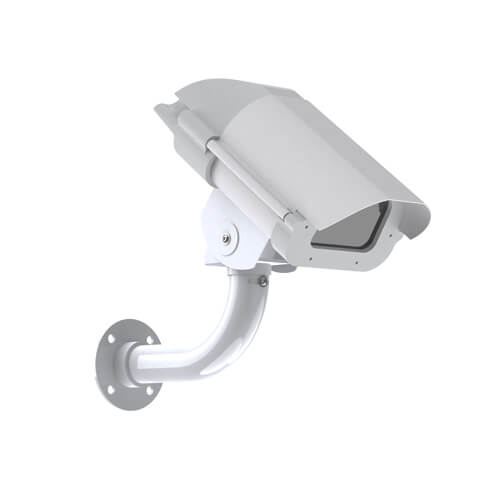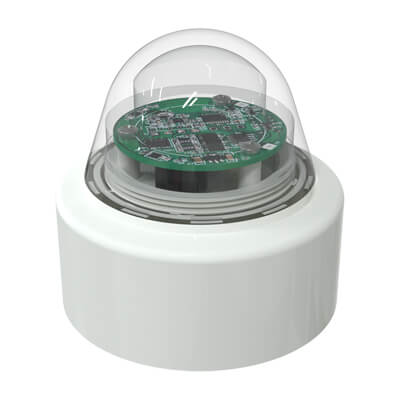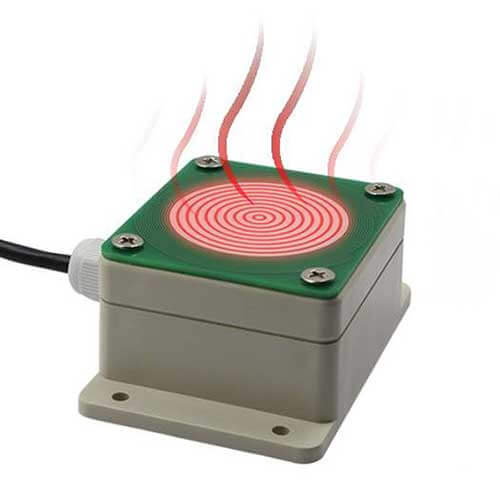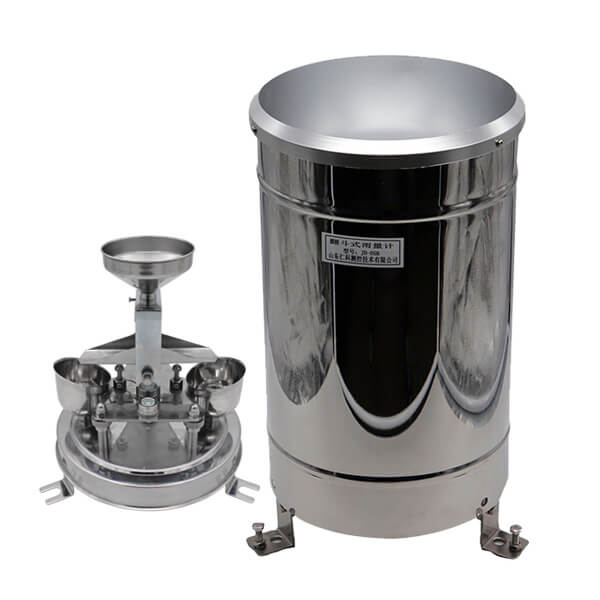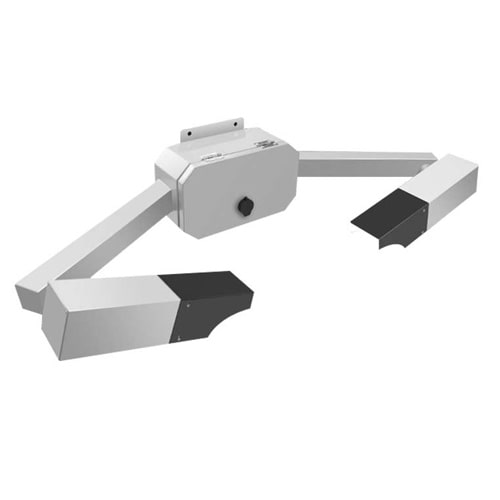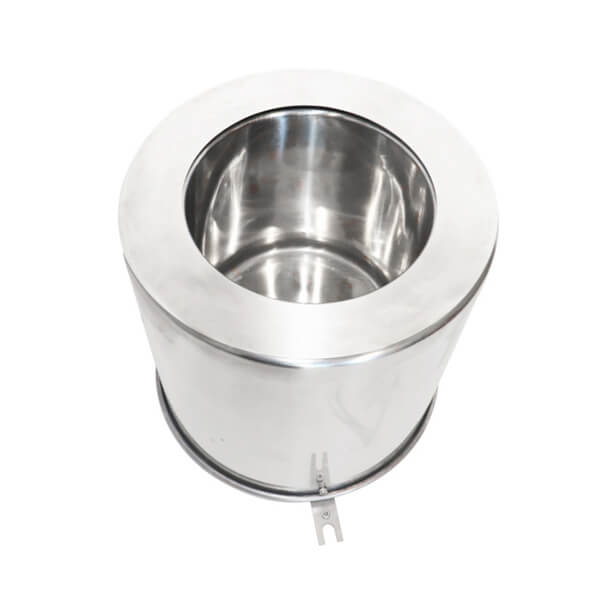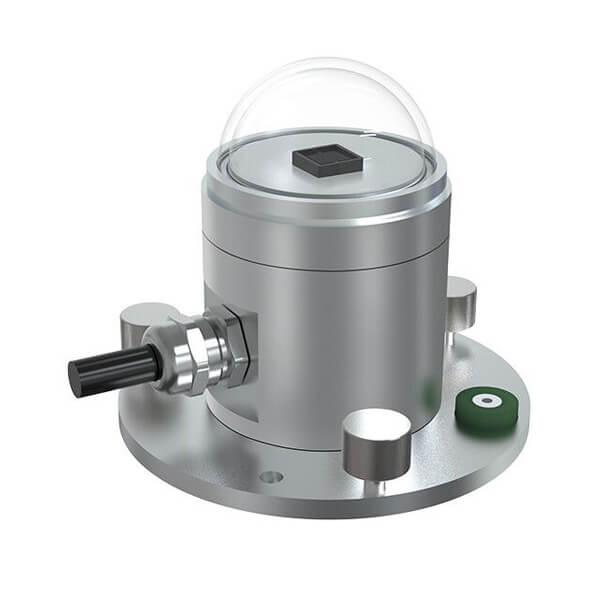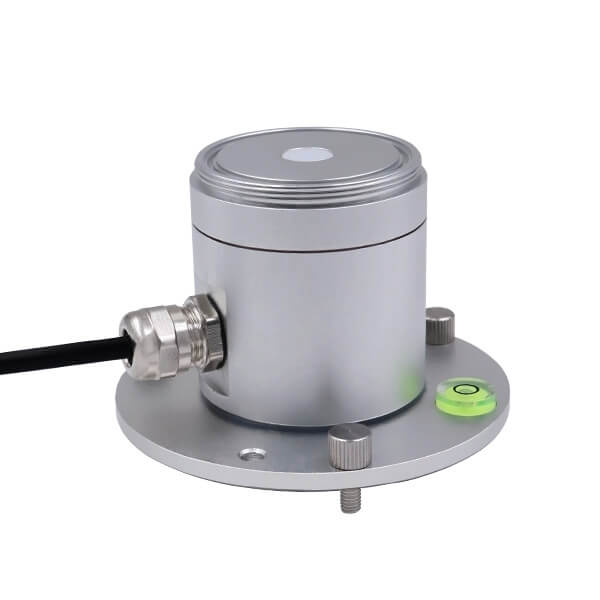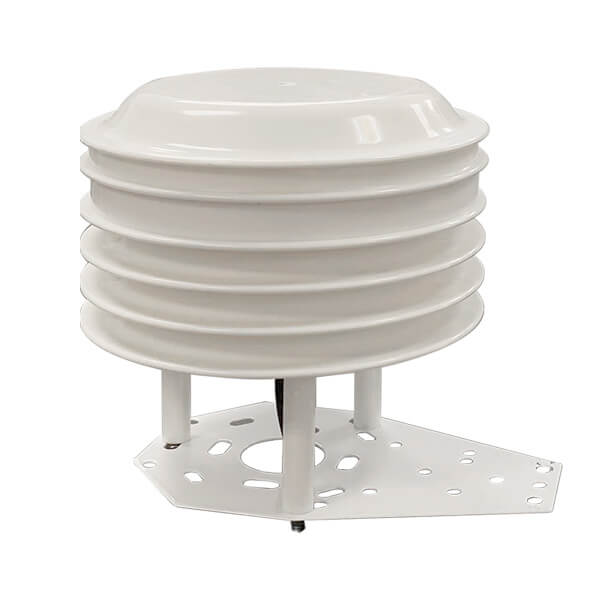Table of Contents We know that the risk of vehicle accidents on the road increases exponentially during heavy rain, fog and snowfall. According to the
Snow Depth Sensor
This laser snow depth sensor is a digital snow depth measuring instrument. It works on the phase method laser ranging. The measurement data is uploaded to the remote monitoring platform through RS485/Ethernet/WIFI/LORA, and the user can view the real-time data on the computer or mobile phone.
- Model: RS-LSD-N01-1-EX
- MOQ: 1 PCS
- Delivery date: within 24 hours
- Price: USD 419.40
View - Snow Depth Sensor
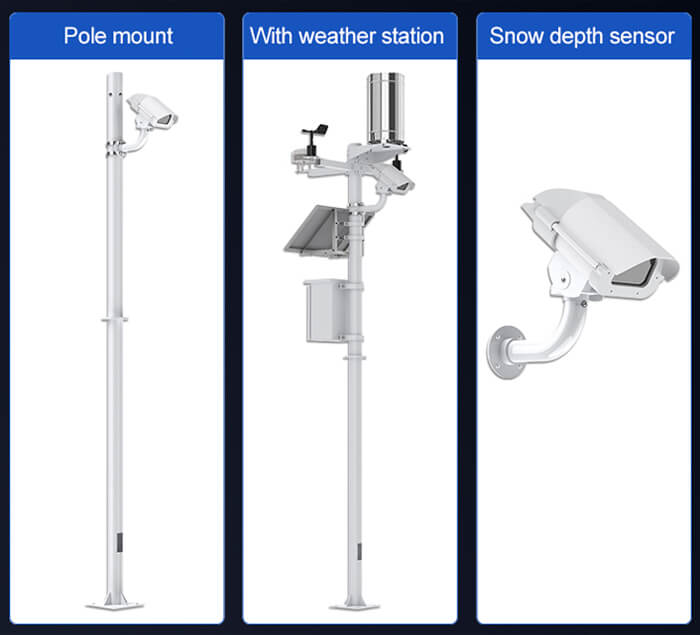
The snow depth is obtained by measuring the unmelted snow at a fixed location, which refers to the vertical depth from the snow surface to the ground, and the unit is centimeters. This could be a constantly changing value as snowfall changes. The RS-LSD-N01-1-EX snow depth sensor adopts a waterproof plastic-sprayed shell, which can work outdoors for a long time and is not easily affected by environmental factors. Using advanced non-contact laser ranging technology, the detection distance can reach 50 meters. It has a temperature compensation function to ensure the temperature stability of the laser, and the value is more accurate. Widely used in weather stations, flow monitoring, traffic, aviation monitoring, agricultural production monitoring and other fields.
| Power supply | DC 10-30V |
| Max. power consumption | 0.8W |
| Working temperature | -40℃~+80℃, 0%RH~95%RH |
| Resolution | 1mm |
| Accuracy | ±1mm |
| Range | 0.05~1.5m |
| Output signal | RS485 (Modbus protocol) |
| Laser type | 635nm,<1mw |
| Laser class | Ⅱ class |
| Single measurement time | 0.05 ~ 1S |
| Spot size | spot spot 5mm@10m Line spot 3mmX150mm@10m |
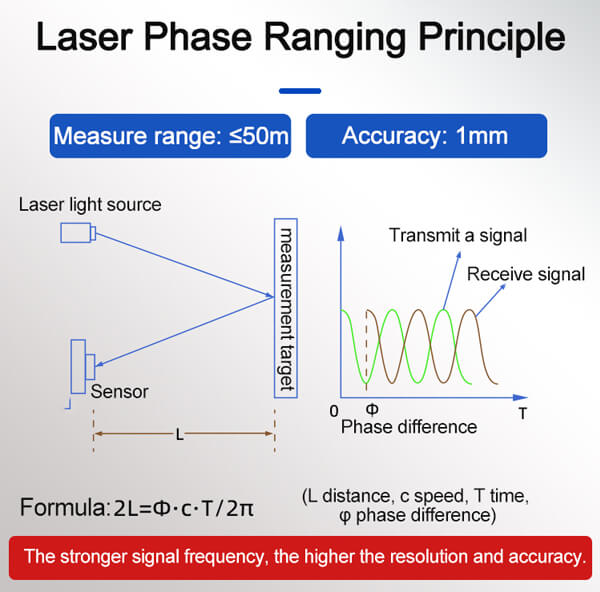
Advantages - Snow Depth Sensor
Easy installation
The snow depth sensor can automatically measure the angle of inclination, no need to adjust or calibrate the angle when installed. easy and convenient.
Automatic heating
Our laser snow depth sensors come with automatic heating. When the temperature is lower than 0°C, the heating function is automatically turned on to prevent the equipment from freezing. So as to ensure that the snow depth sensor can work normally.
Multiple power supply
For urban areas or apartments with convenient power supply, it can be connected to the mains 220V power supply. When monitoring in remote mountainous areas or farmland, the mains power supply is inconvenient, and solar power supply can be selected
Wide measurement range
Our laser snow depth sensors have a wide measurement range, up to 50m away. And high precision, the highest precision is 1mm.
Remote control
The measured data can be uploaded to the free cloud platform through wired or wireless signals, through which the data can be viewed and the parameters of the sensor can be adjusted remotely. Administrators can monitor different locations in real time through the cloud platform.
High flexibility
This laser snow depth sensor can be installed on a pole alone or used together with other weather sensors. Measure a variety of meteorological parameters, and the data can also be uploaded synchronously.
Package & Installation
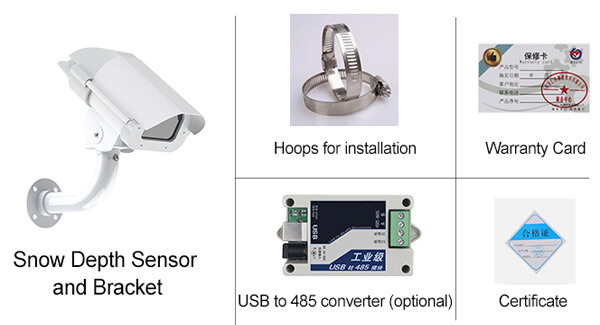
Package List:
* Snow depth sensor 1 set
* Certificate of conformity, warranty card, wiring instructions, etc.
* Installation bracket 1
* Installing 2 hose clamps
* USB to 485 (optional)
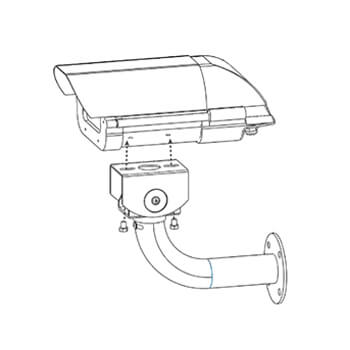
Fix the snow depth sensor on the mounting bracket with screws
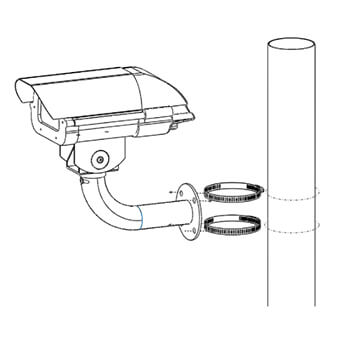
Pass the mounting hose clamps through the two holes at the other end of the bracket respectively.
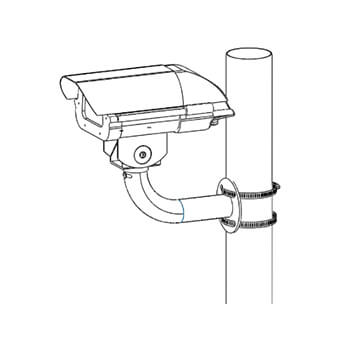
Fix the two installation hose clamps on the pole.
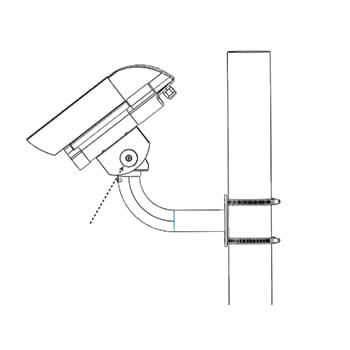
The angle of the sensor is adjusted by the screw.
FAQ
Snow depth is measured using a snow depth sensor. This sensor measures the distance between the sensor and the ground below it. This distance can be obtained by laser ranging technology.
Install the snow sensor on the pole. The sensor controls a visible, easy-to-measure laser beam and uses the phase-based laser measurement principle to measure the depth of snowfall.
Our company provides customers with a free cloud platform, and you can log in to the background through a computer or mobile phone to view historical and real-time data.
Snow depth is one of the main items in the study of surface meteorology. Measuring snow depth could add to studies of the water cycle and snowfall, as well as satellite estimates of sea ice thickness. That’s a key metric, especially as climate change intensifies.
There are two common snow depth sensors on the market at present, namely: laser snow depth sensors and ultrasonic snow depth sensors.
Unfavorable measurement conditions (excessive ambient light intensity, excessively high or low ambient temperature, weak or strong target reflection, or rough target surface) may shorten the measurement range or cause large errors in the measurement results.
1. The computer has multiple COM ports, and the selected port is incorrect.
2. The device address is wrong, or there are devices with duplicate addresses (factory defaults are all 1).
3. Baud rate, parity mode, data bit, stop bit error.
4. The host polling interval and waiting time for response are too short, both need to be set above 200ms.
5. The 485 bus is disconnected, or the A and B lines are reversed.
6. If the number of student sensors is too many or the wiring is too long, the nearby power supply should be added, and a 485 booster should be added, and a 120Ω terminal resistance should be added at the same time.
7. The USB to 485 driver is not installed or damaged.
8. The snow depth sensor is damaged.
Popular sensors
Long-term rainfall and melting snow have raised water levels and flooded city roads, causing flooding. Frequent and extreme flooding is inevitable and endangers community safety.
The commonly used communication method for data acquisition and control is RS485. RS485 is a general communication standard. It can not only link devices to
The main purpose of environmental monitoring is to provide data on environmental quality and changing trends to ensure the safety of public life and property.
Due to the strong regional and diurnal variation of rainfall, accurate measurement of rainfall has been difficult to achieve in history. After the establishment of
The weather sensors are the sensing end of the weather station and collect various weather-related data. The weather station can obtain the main parameters and
Table of Contents What is an anemometer? An anemometer is an instrument that measures the velocity of air, sometimes called a wind sensor. The earliest
Agricultural irrigation mainly refers to irrigation operations carried out in agricultural farming areas. Agricultural irrigation methods can generally be divided into traditional surface irrigation, ordinary
Table of Contents What is a water level sensor? The water level sensor is a device that measures the liquid level in a fixed container

